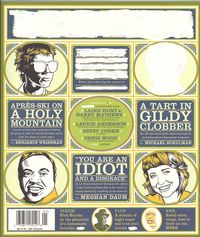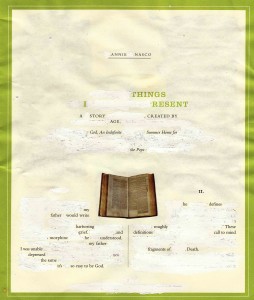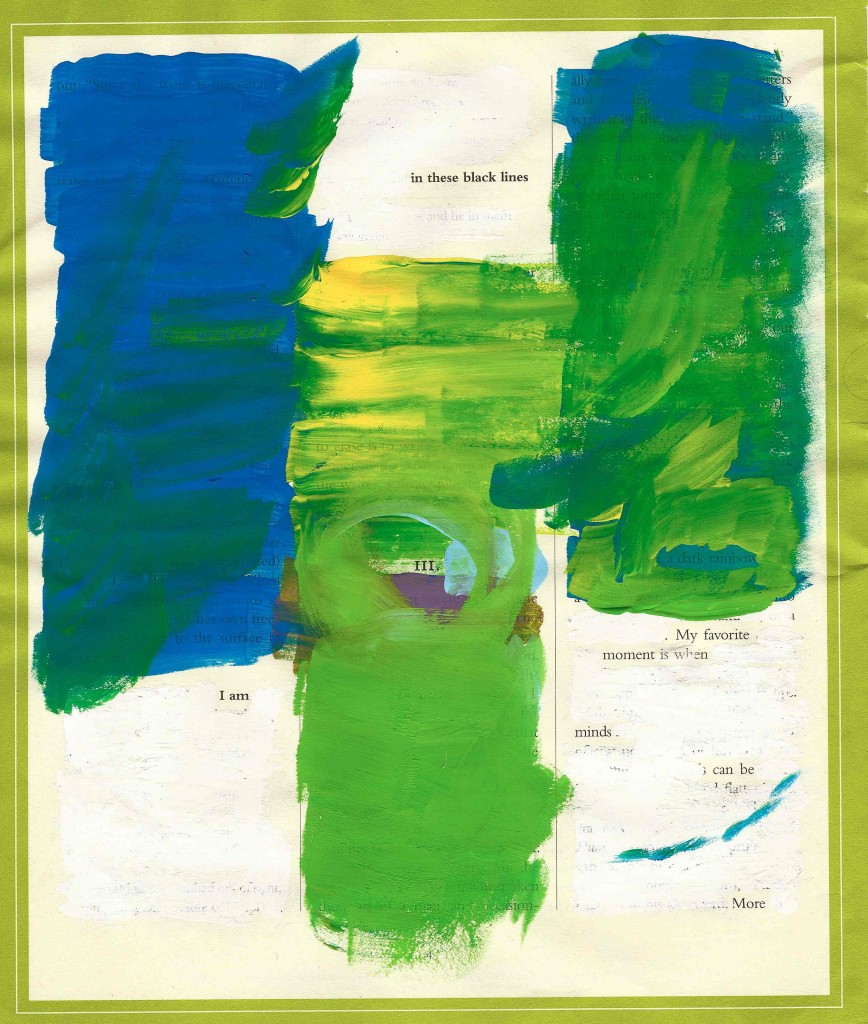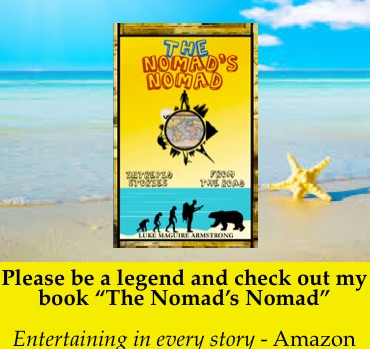
Earlier this year, The Believer Magazine ran an article by Jeannie Vanasco that explored (in the depth that they do) Erasure. The cover of that misterious Janruary issue had been erased (in the way that they would).
“To erase” is defined most dramatically as “to remove all traces of.” Erasure as an art form is acheived through adding by subtracting–creation by destruction. Erasure as a literary art form makes something new by working within the confines of a limited vocabulary and order of an existing text. The text is changed by erasing portions of it.
If you haven’t written that way, try it. Entire books been been written by people erasing other books. Thomas Jefferson even did it with the Bible (too soon?).
My first dabbling with erasure was right after I read Jeannie Vanasco’s article it. Actually, I erased the article. What I came up with made me hold the torn out, whited out page as far away from my body as I could reach and say, “Huh. . .”
It didn’t feel like my own creation. It just emerged by process of elimination out of the article.
 Things I resent:
Things I resent:
A story created by god, an indefinite summer home for the pope.
My father would write
harboring grief and morphine,
he understood. My father,
I was unable, depressed,
the same,
it’s so easy to be God.
II.
He defines roughly.
These definitions call to mind
fragments of death.
It’s strange: erasure allows you to create with so little conscious intention that it seems most accurate to cite the muse of happenstance as the author.
On the back page of the article, the physical spacing of what of it seemed to be part of this:
I Am in these black lines.
III
My favorite moment. When minds can be more.
Academics have different thoughts on erasure. Some call find it a meritless, destructive act. Arguing form the perspective of visual arts, British Artist Richard Gaplan wrote, “when erasure is used in art its properties change” defending it.
Regardless of whatever yawning arguments academic are having about it, it’s a lot of fun. I did it with my two little brothers when I was back home and they loved it. It’s an artist’s errand that I think writers, painters, anyone and everyone should put on their list of “stuff I sometimes do.”
How I got turned onto the believer is a different story. But basically a subscription to them is getting Christmas to land in your mailbox 9 months a year.





